PL Soni | Vandna Soni | Category: Chemistry
Binding Type: Paperback Binding
Book Details
ISBN: 9789386221254
YOP: 2018
Pages: 464
Order also on
After the run-away success of the book on ‘Coordination Chemistry’ the authors have decided to venture on the next book. This book is an honest attempt to write about the next phase of Inorganic Chemistry to complete full circle in the knowledge of Inorganic Chemistry.
At the first instance, this book has devoted a full chapter to carve out the contents and domain of Inorganic Chemistry. The book on Coordination chemistry deals with the knowledge of metals, their important compounds and their applications and importance in life. This book has been divided into three parts. Phase one of the book dwells on the basic concepts in inorganic chemistry which are so important to clearly understand the mechanism, structure and applications of inorganic compounds. Phase two of this book lays emphasis on the study of Hydrogen, alkali and alkaline earth metals. Phase three deals with the extensive study of the p-block elements (mostly non-metals). The study of p-block elements is inclusive of the study of their compounds, their properties of the compounds, their structures and applications in our life.
This section deals with the study of 80 percent of non-metals while the rest are metals. In brief, the study of p-block elements is broadly mentioned as the study of non-metals. In every group in the p-block elements the behavior of elements transcends from non-metals to metals. The last element at the bottom of the every group is mostly a metal except in halogens and zero group elements. The authors are known for their simple and lucid style of writing. They have easily put across their knowledge and ideas to the readers. Their communication is crisp and precise. We are sure the vast community of readers will become richer in knowledge and ideas by going through this book.
Unit I: Concepts in Inorganic Chemistry
0. Broad Division between Inorganic, Organic and Physical Chemistry
1. Atomic Structure
2. Periodic Table and Periodic Properties (Periodicity)
3. Chemical Bonding
4. Covalent Bond or Non-ionic Bond
5. Recent Concepts of Acids and Bases
6. Aqueous and Non-aqueous Solvents
7. Oxidation and Reduction
Unit II: Hydrogen-Unique Element
8. Hydrogen and Hydrides
Unit III: Main Group of Elements
Study of s-block of Elements
9. Group I or Alkali Metals
10. Group II or Alkaline Earth Metals
Study of p-block of Elements
11. Group 13 Elements or Boron Family of Elements
12. Group 14 Elements or Carbon Family of Elements
13. Group 15 Elements or Nitrogen Family of Elements
14. Group 16 Elements or Oxygen Family of Elements
15. Group 17 Elements or Halogen Family of Elements
16. Noble Gases or Zero Group Elements
After the run-away success of the book on ‘Coordination Chemistry’ the authors have decided to venture on the next book. This book is an honest attempt to write about the next phase of Inorganic Chemistry to complete full circle in the knowledge of Inorganic Chemistry.
At the first instance, this book has devoted a full chapter to carve out the contents and domain of Inorganic Chemistry. The book on Coordination chemistry deals with the knowledge of metals, their important compounds and their applications and importance in life. This book has been divided into three parts. Phase one of the book dwells on the basic concepts in inorganic chemistry which are so important to clearly understand the mechanism, structure and applications of inorganic compounds. Phase two of this book lays emphasis on the study of Hydrogen, alkali and alkaline earth metals. Phase three deals with the extensive study of the p-block elements (mostly non-metals). The study of p-block elements is inclusive of the study of their compounds, their properties of the compounds, their structures and applications in our life.
This section deals with the study of 80 percent of non-metals while the rest are metals. In brief, the study of p-block elements is broadly mentioned as the study of non-metals. In every group in the p-block elements the behavior of elements transcends from non-metals to metals. The last element at the bottom of the every group is mostly a metal except in halogens and zero group elements. The authors are known for their simple and lucid style of writing. They have easily put across their knowledge and ideas to the readers. Their communication is crisp and precise. We are sure the vast community of readers will become richer in knowledge and ideas by going through this book.
Unit I: Concepts in Inorganic Chemistry
0. Broad Division between Inorganic, Organic and Physical Chemistry
1. Atomic Structure
2. Periodic Table and Periodic Properties (Periodicity)
3. Chemical Bonding
4. Covalent Bond or Non-ionic Bond
5. Recent Concepts of Acids and Bases
6. Aqueous and Non-aqueous Solvents
7. Oxidation and Reduction
Unit II: Hydrogen-Unique Element
8. Hydrogen and Hydrides
Unit III: Main Group of Elements
Study of s-block of Elements
9. Group I or Alkali Metals
10. Group II or Alkaline Earth Metals
Study of p-block of Elements
11. Group 13 Elements or Boron Family of Elements
12. Group 14 Elements or Carbon Family of Elements
13. Group 15 Elements or Nitrogen Family of Elements
14. Group 16 Elements or Oxygen Family of Elements
15. Group 17 Elements or Halogen Family of Elements
16. Noble Gases or Zero Group Elements
| Weight | 0.745 kg |
|---|---|
| Dimensions | 23.6 × 15.9 × 2.6 cm |
| yop |
2018 |
| subject-category |
Chemistry |
| isbn |
9789386221254 |

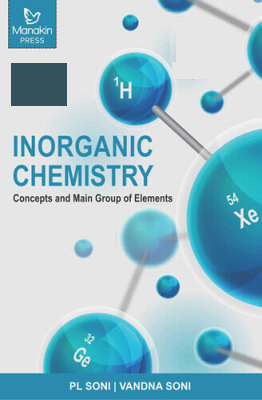

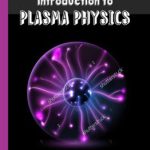
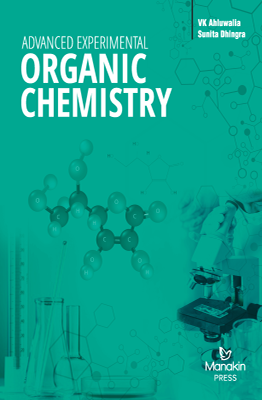
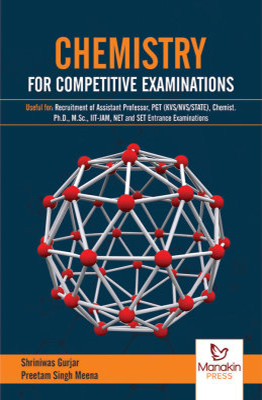
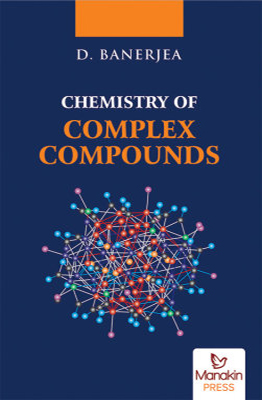
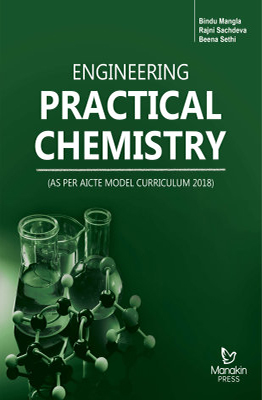
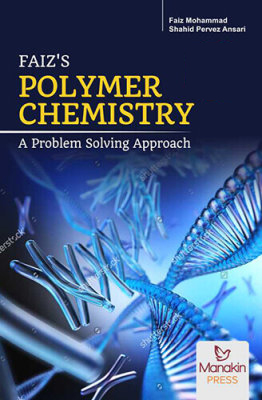
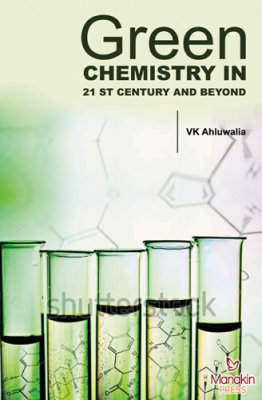
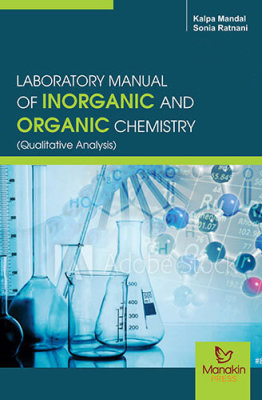
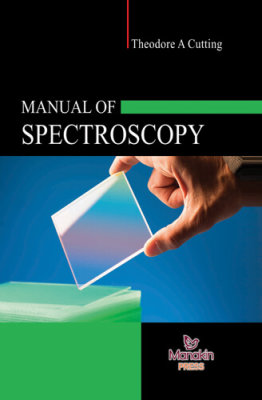
Reviews
There are no reviews yet.